

Launched on June 25, 2025, Axiom Mission 4 (Ax-4), signaled a transformative shift in international collaboration, scientific discovery, and the future of commercial spaceflight. In more than 18 action-packed days, the mission brought together a globally diverse crew, cutting-edge research, and historic firsts that has left a lasting impression around the world. Here are 18 highlights that made Ax-4 a mission to remember:
1. India, Poland, and Hungary “Realized the Return”
Ax-4 marked a historic milestone for India, Poland, and Hungary, as each nation sent a government-sponsored astronaut to the International Space Station for the very first time. While all three countries launched their first astronaut decades ago, Ax-4 represented their long-awaited return to human spaceflight after more than 40 years.
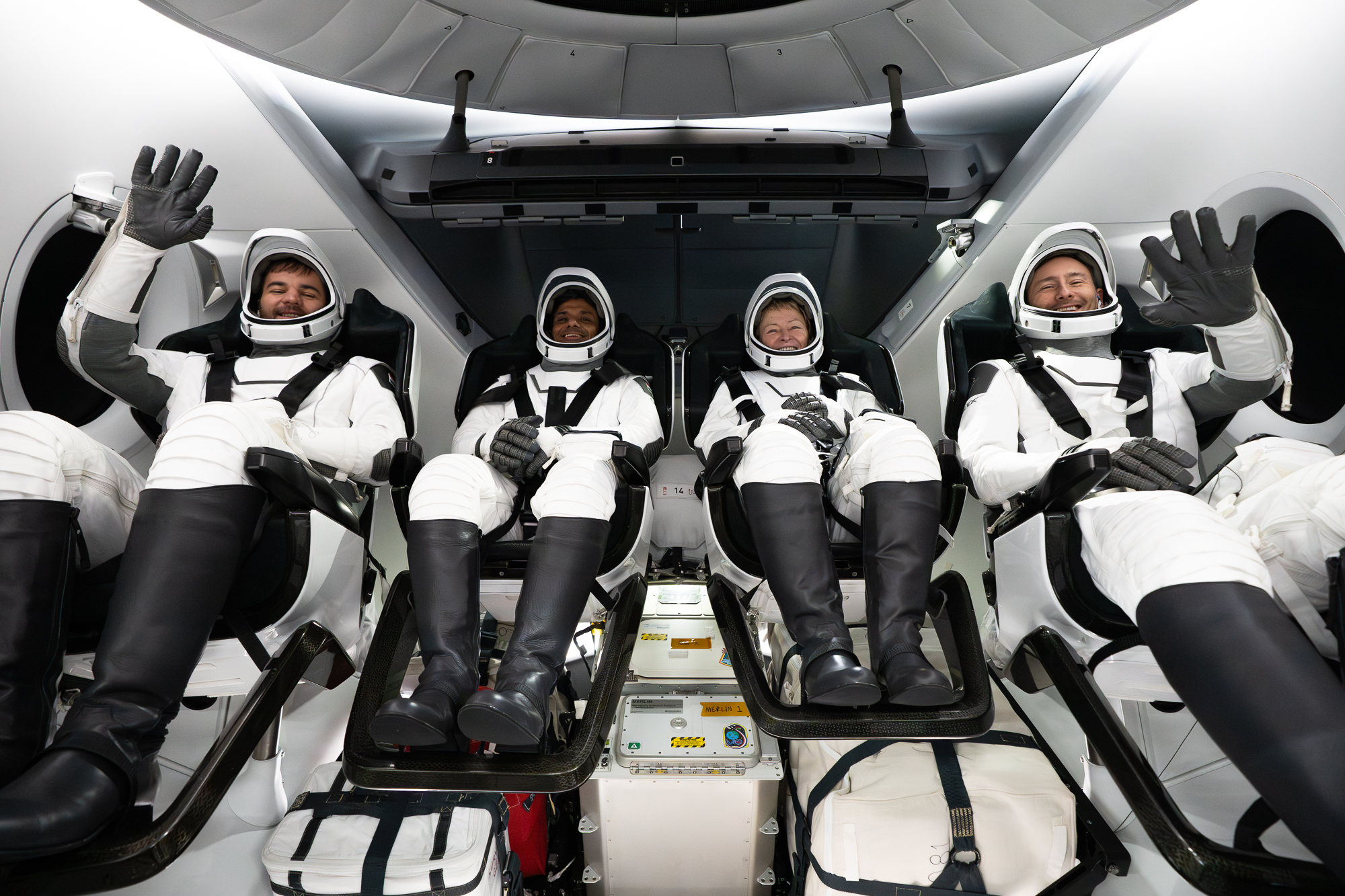
2. “Grace”: SpaceX’s Newest Dragon
The Ax-4 mission marked the first flight of “Grace,” the newest and final spacecraft in SpaceX’s Dragon fleet. Named by the Ax-4 crew, “Grace” symbolizes the quiet strength, resilience, and elegance that define human spaceflight. The name also reflects the crew’s shared values and the spirit of international collaboration that defined the mission.
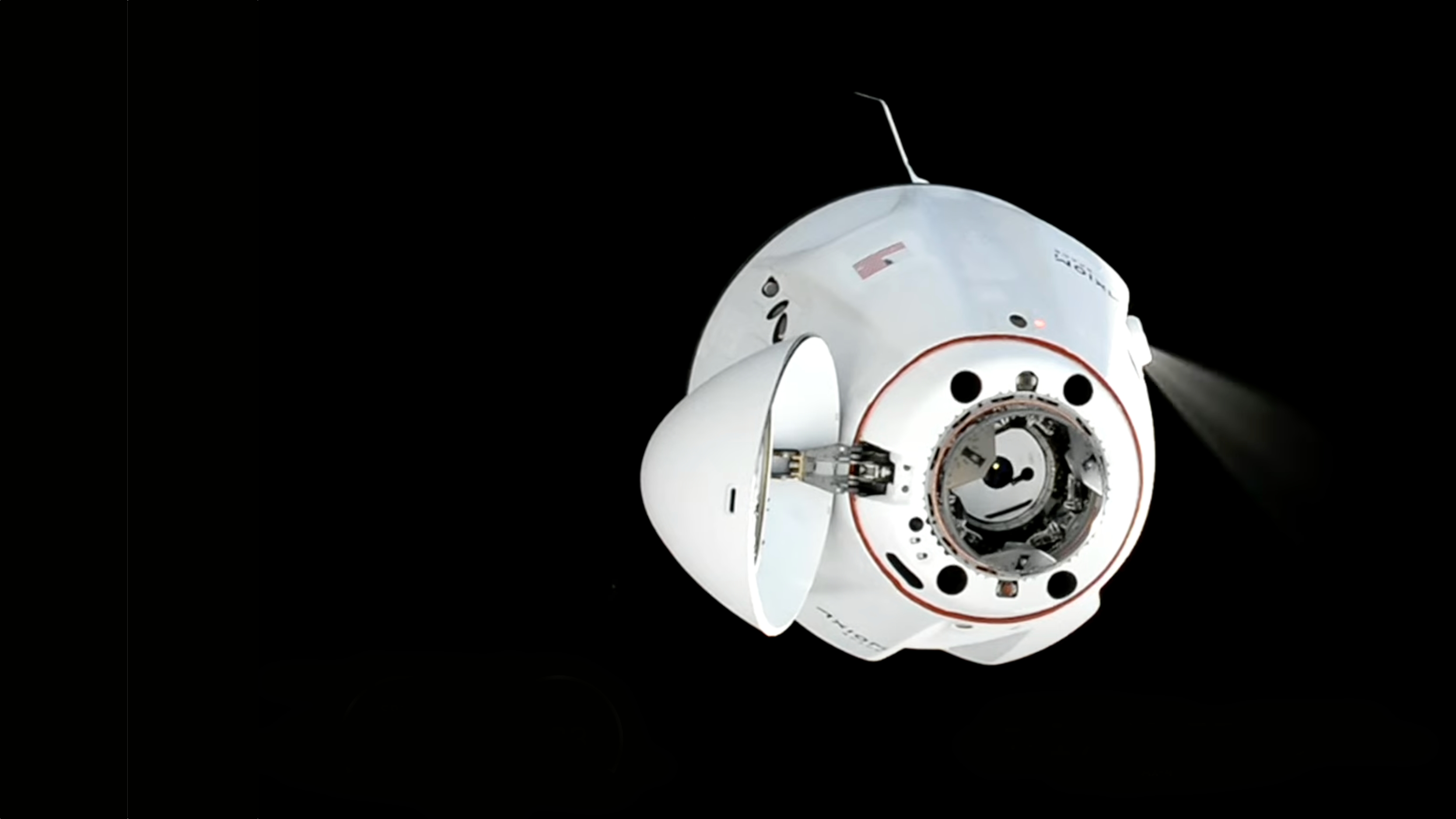
3. 18 Days Docked, 288 Orbits, and 7.6 Million Miles
Over the course of 20 days in space, Ax- 4 demonstrated the growing strength of commercial human spaceflight. After launching on June 25, 2025, the crew docked with the International Space Station the following day at 6:31 a.m. ET, officially beginning their mission with hatch opening at 8:14 a.m. ET. What followed was a successful, science-packed 18-day stay aboard the space station, where the crew completed 288 orbits around the Earth and traveled approximately 7.6 million miles. By the time they splashed down on July 15, the mission had logged 320 orbits and covered 8.4 million miles.
With more than 432 hours in space, Ax-4 was a clear signal that commercial missions are now capable of supporting high-impact research and international collaboration in low-Earth orbit (LEO). The mission’s complexity, precision, and productivity reflect a new era in human spaceflight — one where private industry plays a leading role in advancing science and exploration.

4. The Most Research Conducted on an Axiom Space Mission
Ax-4 set a new benchmark for private astronaut missions with the most research activities executed aboard an Axiom Space mission to the International Space Station, to date. With over 60 scientific activities representing 31 countries, the mission showcased the growing global interest in leveraging LEO for scientific discovery. The research portfolio included eight technology demonstrations, 12 life science investigations, 27 human research projects, four material science studies, four physical and Earth sciences projects, and 11 STEAM (Science, Technology, Engineering, Arts, and Mathematics) activities.
The research spanned a wide range of disciplines — from cancer biology and regenerative medicine to artificial intelligence, agriculture, and materials science — further demonstrating how LEO is a platform for innovation. Many of these studies were designed to address challenges both in space and on Earth, such as improving disease modeling, enhancing food security, and developing smarter autonomous systems. The scale and diversity of the Ax-4 research portfolio positions commercial astronaut missions as catalysts for advancing knowledge and solving real-world problems.
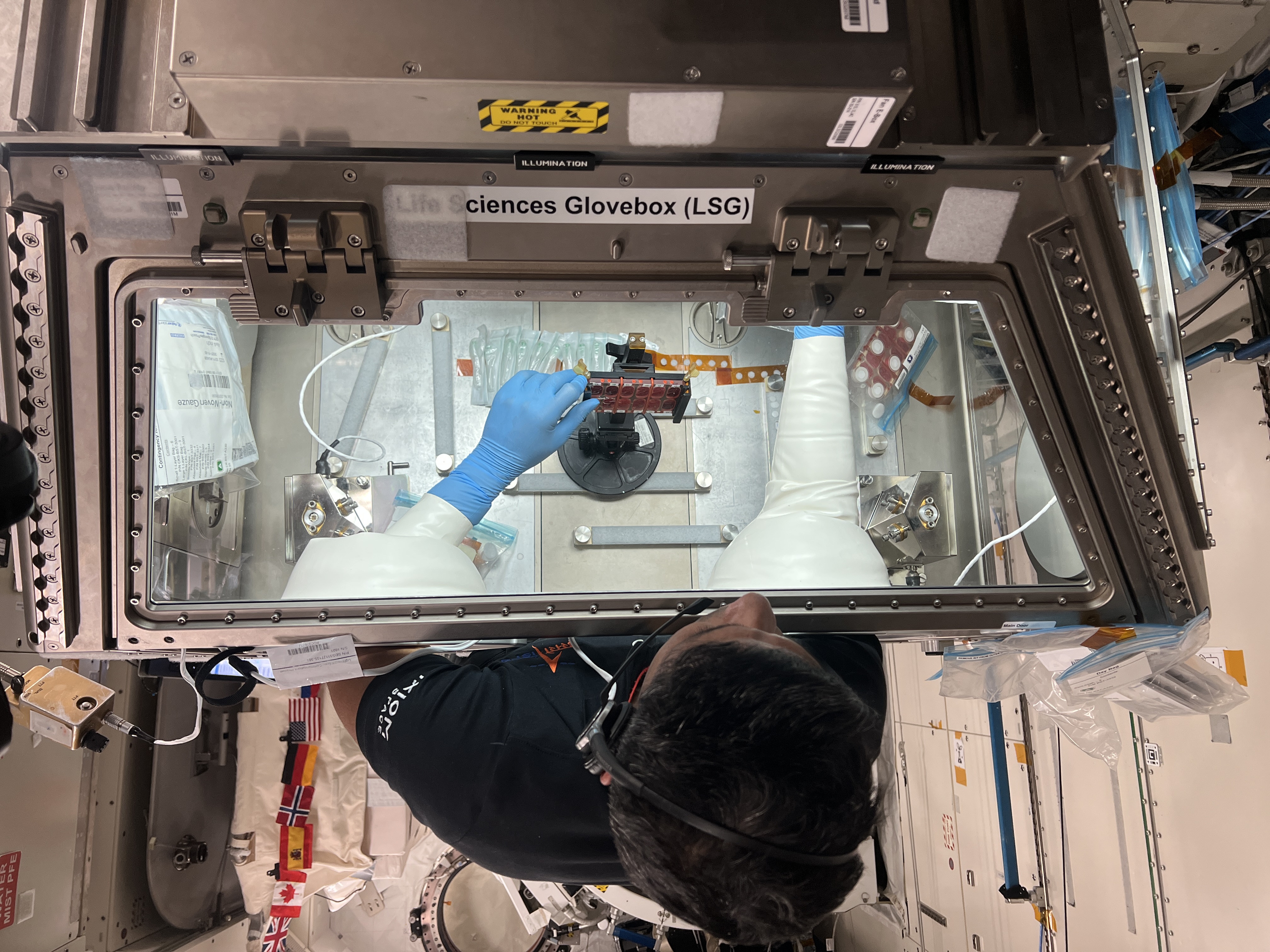
5. Peggy Whitson Extended her Record
Peggy Whitson once again made history during the Ax-4 mission, extending her record to an impressive 695 cumulative days on orbit — the most by any American astronaut. As commander of Ax-4, her leadership brought a calm, confident presence that set the tone for the entire mission. Her mentorship helped guide her rookie crewmates through the complexities of life and work on orbit, fostering trust, cohesion, and resilience. For the Ax-4 astronauts, flying alongside Whitson showcased the gold standard of leadership in human spaceflight.
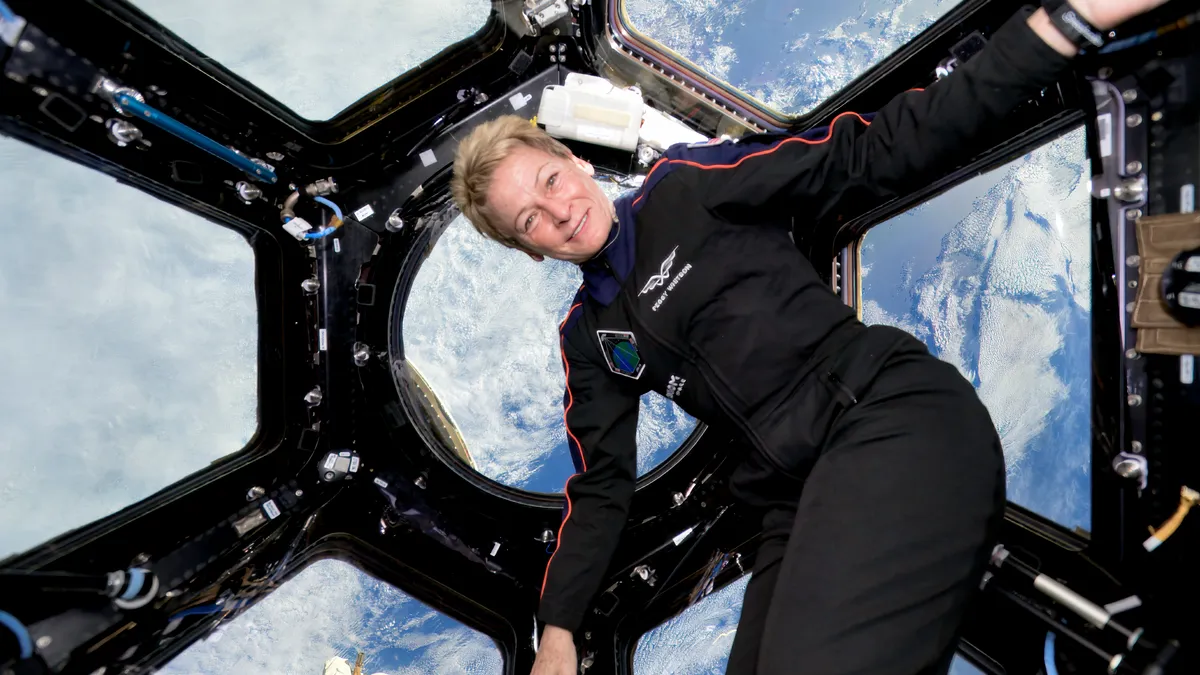
6. India’s New Astronaut Corps Took Flight
India reached a major milestone for the nation’s space exploration goals. Ax-4 Pilot Shubhanshu Shuklabecame the first astronaut from the country’s newly established astronaut corps to fly. His participation marks a significant step forward for the Indian Space Research Organisation’s (ISRO) Gaganyaan program, which aims to send Indian astronauts into space aboard domestically developed spacecraft. Shukla’s flight demonstrates India’s readiness to execute international missions and reflects the country’s broader ambitions to become a key player in the global space community. As India continues to expand its capabilities in crewed spaceflight, this mission serves as both a proving ground and a symbol of its commitment to innovation, collaboration, and leadership in space exploration.
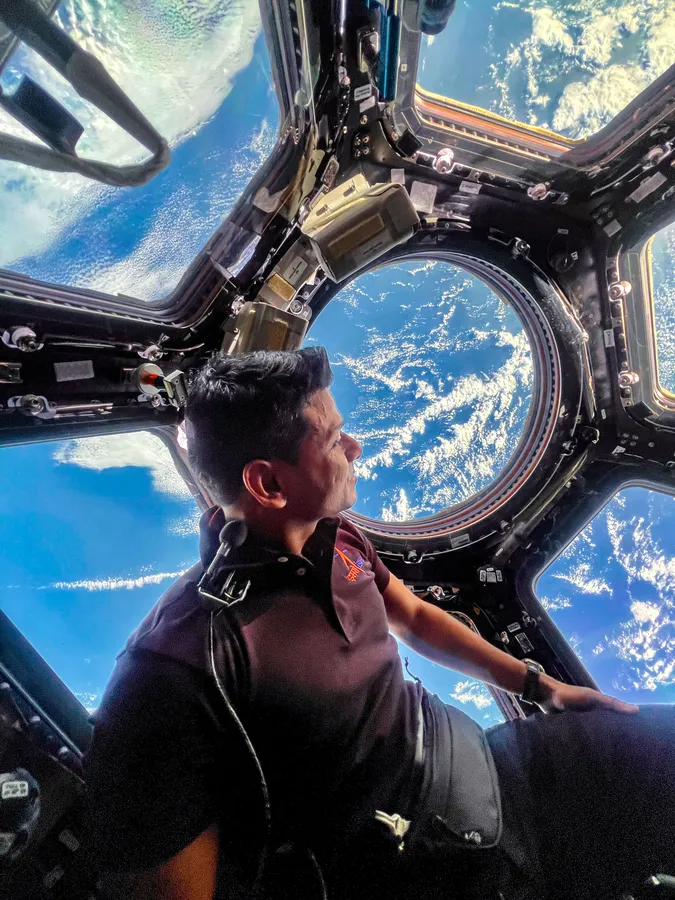
7. Poland’s “Ignis” Mission Ignites Innovation
Poland’s participation in the Ax-4 mission through the “Ignis” program marked a pivotal step in the country’s growing role in space exploration as the nation’s first mission conducted aboard the International Space Station. Mission Specialist Sławosz Uznański-Wiśniewski, European Space Agency project astronaut, led a research agenda focused on some of the most pressing challenges in human spaceflight: mental health, advanced technology development, and radiation monitoring. These studies are important for ensuring astronaut well-being on long-duration missions and for enabling safe and sustainable exploration beyond LEO. The Ignis mission reflects Poland’s strategic investment in cutting-edge science and its ambition to contribute meaningfully to the future of deep space travel. It also signals a broader shift in Europe’s space landscape, where emerging space nations are taking on fundamental roles in shaping the next era of exploration.
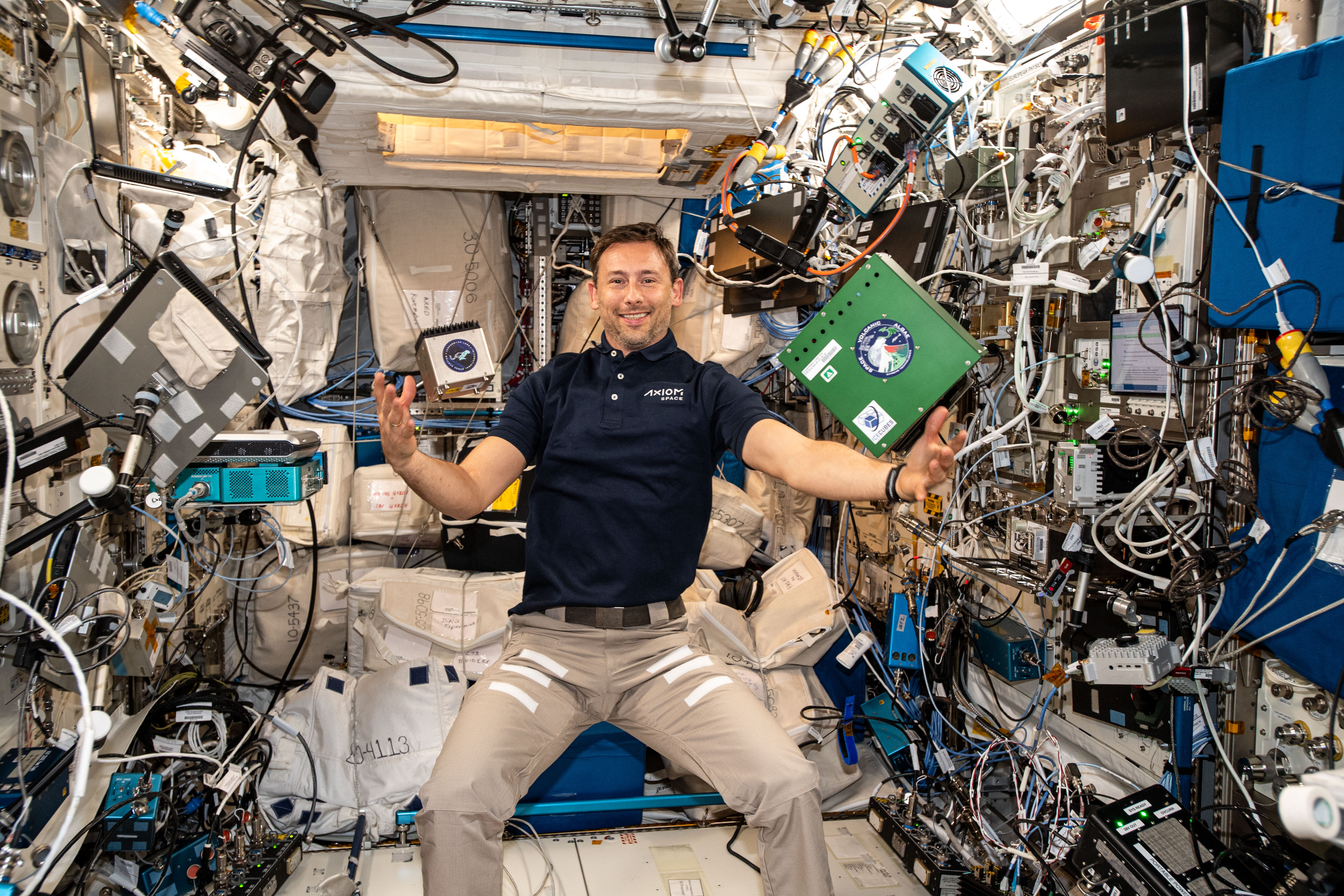
8. Hungary’s “HUNOR” Program Makes History
Hungary marked a significant milestone in its space exploration goals, as Ax-4 Mission Specialist Tibor Kapu became the first Hungarian to conduct a mission aboard the International Space Station. His participation, under the Hungarian to Orbit (HUNOR) program, represents Hungary’s commitment to space exploration. This mission signifies the country’s return to human spaceflight after decades, and highlights its vision for enabling science, technology, and innovation beyond Earth.
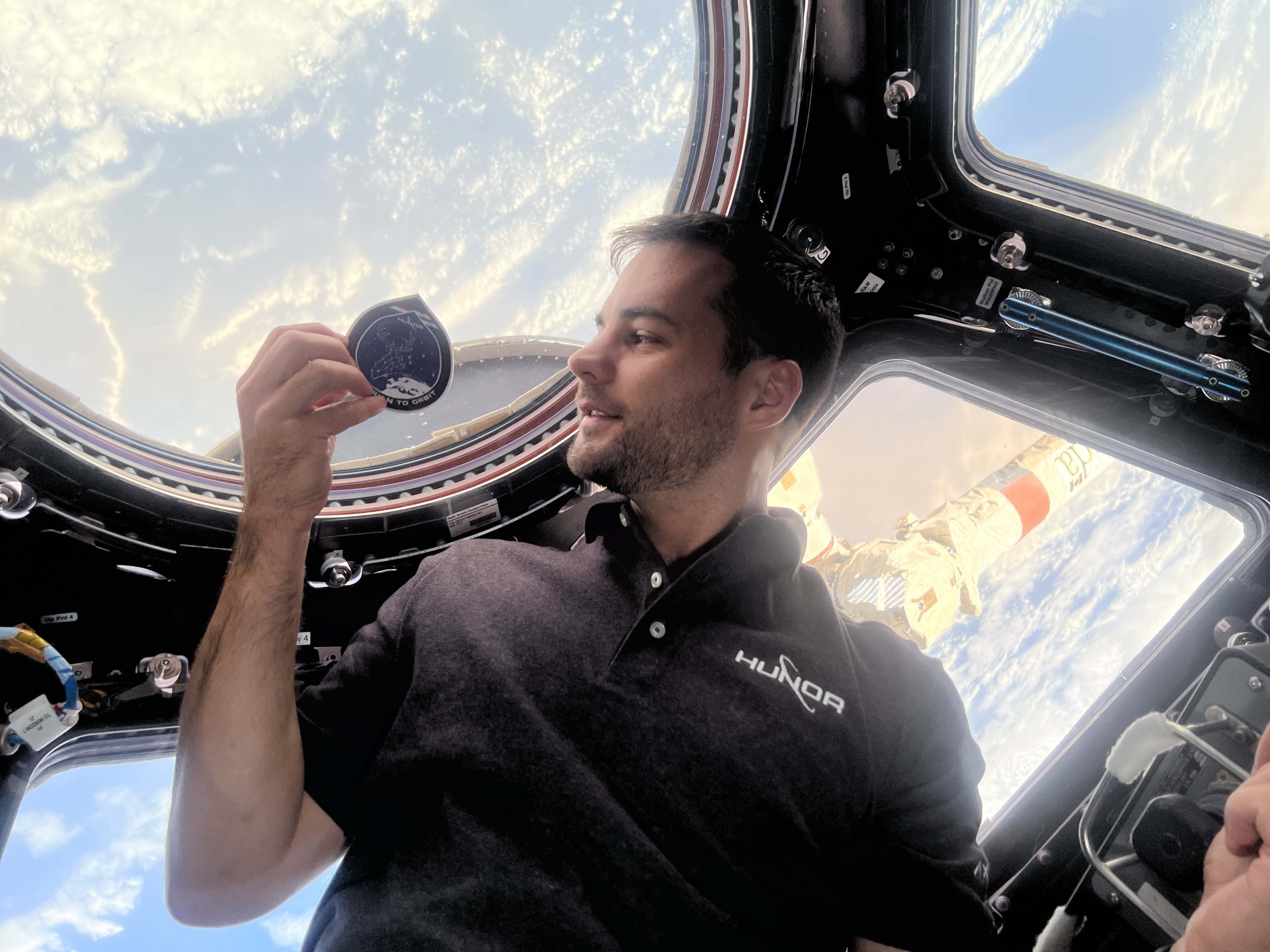
9. Diabetes Research on Orbit
The Suite Ride project explored how to manage insulin-dependent diabetes in space, marking a meaningful step toward making spaceflight accessible for those with historically disqualifying conditions. In partnership with Burjeel Holdings, the study tested the performance of glucose monitoring devices, insulin delivery, and data-sharing systems in microgravity. Researchers will also examine how insulin retains its chemical integrity after spaceflight and reentry. These findings could eventually enable astronauts with insulin-dependent diabetes to go to space, while also offering new solutions for managing chronic conditions in remote or resource-limited areas on Earth.
10. Advancing Cancer Research in Microgravity
Axiom Space advanced cancer research through the Cancer in LEO-3 project, which tested the experimental drug Rebecsinib in microgravity. Conducted in partnership with the Sanford Stem Cell Institute and Aspera Biomedicines, the study used patient-derived tumor organoids from aggressive cancers such as glioblastoma and metastatic breast and ovarian cancers. These organoids were cultured in nanobioreactors aboard the orbiting laboratory, where microgravity accelerated tumor growth, allowing researchers to rapidly assess drug responses. Rebecsinib, which targets the ADAR1 gene linked to cancer progression and immune evasion, showed promising results during previous Axiom Space missions and has received FDA approval to enter clinical trials under active Investigational New Drug (IND) status. This work is part of a broader initiative to understand how spaceflight affects cancer biology and to accelerate the development of new therapies for use on Earth.
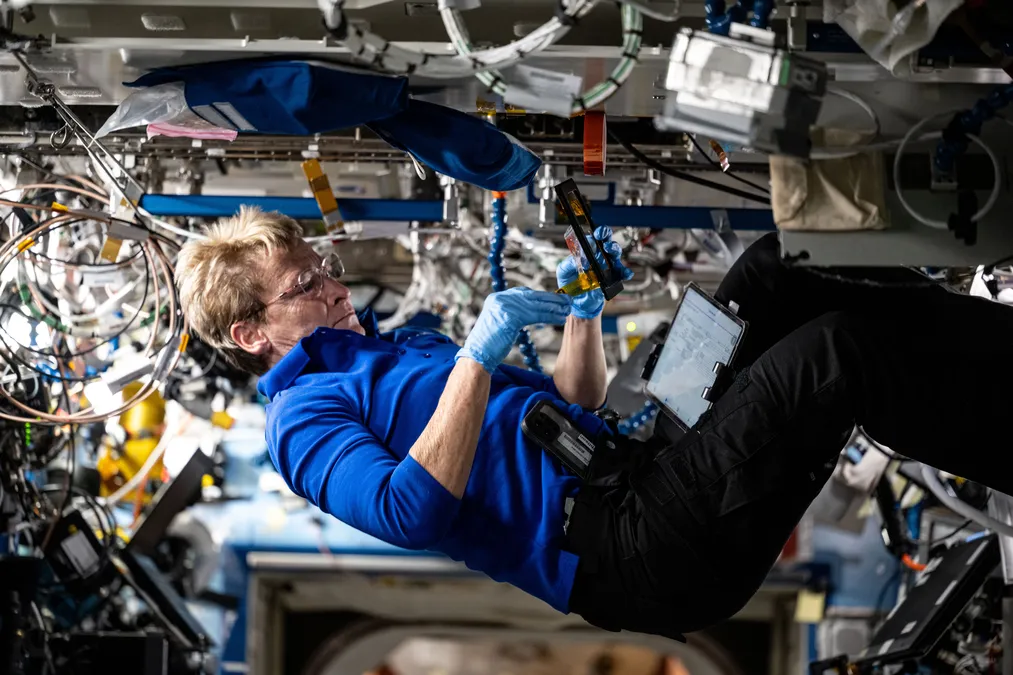
11. National Space Programs Activated
Ax-4 symbolized how space exploration is becoming a shared global endeavor, shaped by the unique ambitions and strategies of participating nations. For India, the mission echoed the momentum sparked by its 2023 Space Policy, which opened the doors for private enterprise to innovate and lead in space technology — marking a bold shift from state-led efforts to a more dynamic, entrepreneurial ecosystem. Poland brought to the table its forward-looking 2030 Space Strategy, which prioritizes innovation, industry expansion, international collaboration, and the cultivation of public interest in space through education and awareness initiatives. Meanwhile, Hungary’s 2021 Space Strategy emphasized leveraging space innovation to drive economic growth and elevate the country’s profile on the world stage. These strategies wove a deeper narrative into Ax-4 — one that speaks to the emergence of a new era in human spaceflight, where national ambition, global collaboration, and purposeful exploration converge to set the trajectory for spacefaring nations in the 21st century.
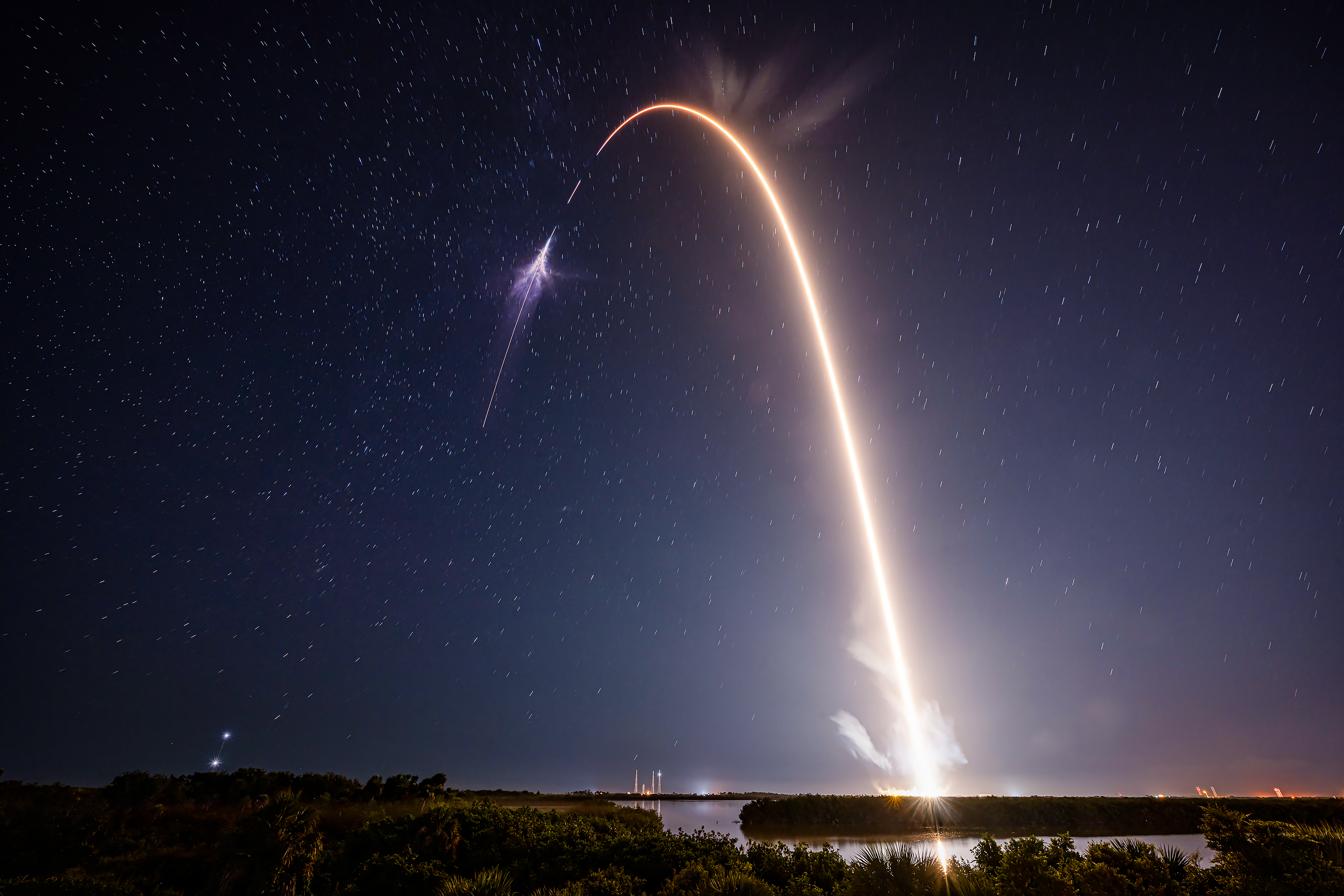
12. Peggy Spotlighted Women Shaping the Future of Human Spaceflight
Commander Peggy Whitson led an inspirational conversation with a group of women who are shaping the next chapter of human spaceflight. Representing Mexico, Spain, Germany, and the United Kingdom, these current and aspiring female astronauts joined Whitson for a discussion that celebrated leadership, purpose, and the growing global presence of women in space. The event highlighted how diverse experiences and bold ambitions are redefining what it means to lead beyond Earth and served as both a celebration of progress and a call to action — to ignite a new era of female leadership in space exploration.
13. Astronauts Connected with National Leaders
While on orbit, each astronaut had the opportunity to connect with leaders from their home countries, reinforcing the mission’s significance on both a national and international level. The engagements served as moments of recognition for the astronauts and the nations they represented. Ax-4 Pilot Shubhanshu Shukla connected with Indian Prime Minister Narendra Modi, Mission Specialist Sławosz Uznański-Wiśniewski participated in an event with members of the Polish Parliament, and Mission Specialist Tibor Kapu spoke with Hungarian Prime Minister Viktor Orbán. These interactions highlighted the pride and inspiration the mission sparked back home, especially for countries reestablishing their presence in human spaceflight.
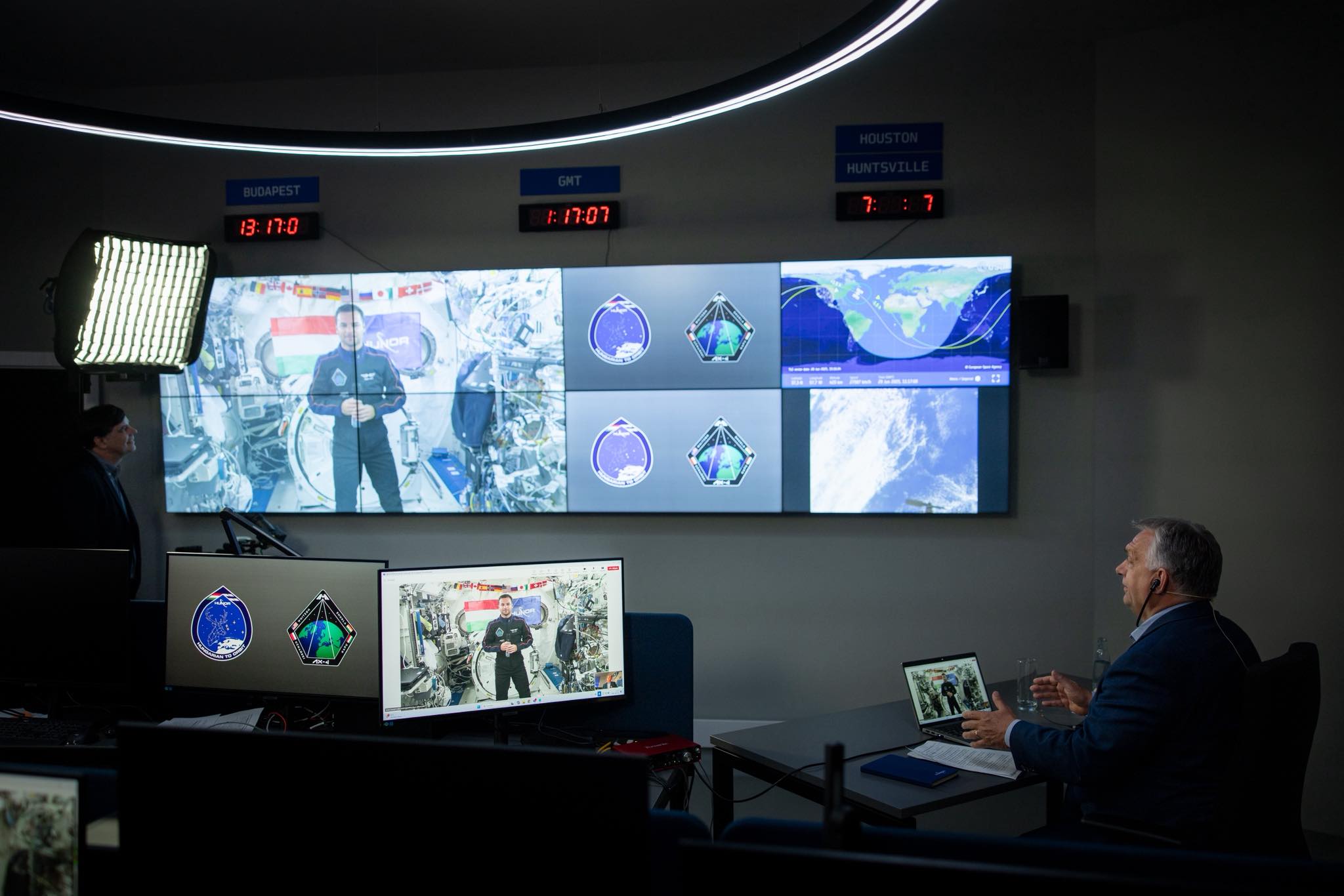
14. Science Conducted to Support Deep Space Exploration
The Ax-4 mission played a role in advancing research for future deep space exploration. Many of the experiments conducted aboard the International Space Station were specifically designed to address the challenges of long-duration missions beyond LEO. Studies focused on radiation shielding technologies, essential for protecting astronauts on journeys to the Moon and Mars, where exposure to space radiation is far greater than in Earth’s orbit. Other investigations explored sustainable food systems, including how to grow and preserve nutrient-rich crops in space — key to supporting life on extended missions. Research into human physiology also took center stage, examining how the body adapts to microgravity over time and how to mitigate the effects of isolation, muscle loss, and immune changes. These experiments are helping build a foundation for safer, more resilient missions to deep space, turning microgravity into a proving ground for the future of space exploration.
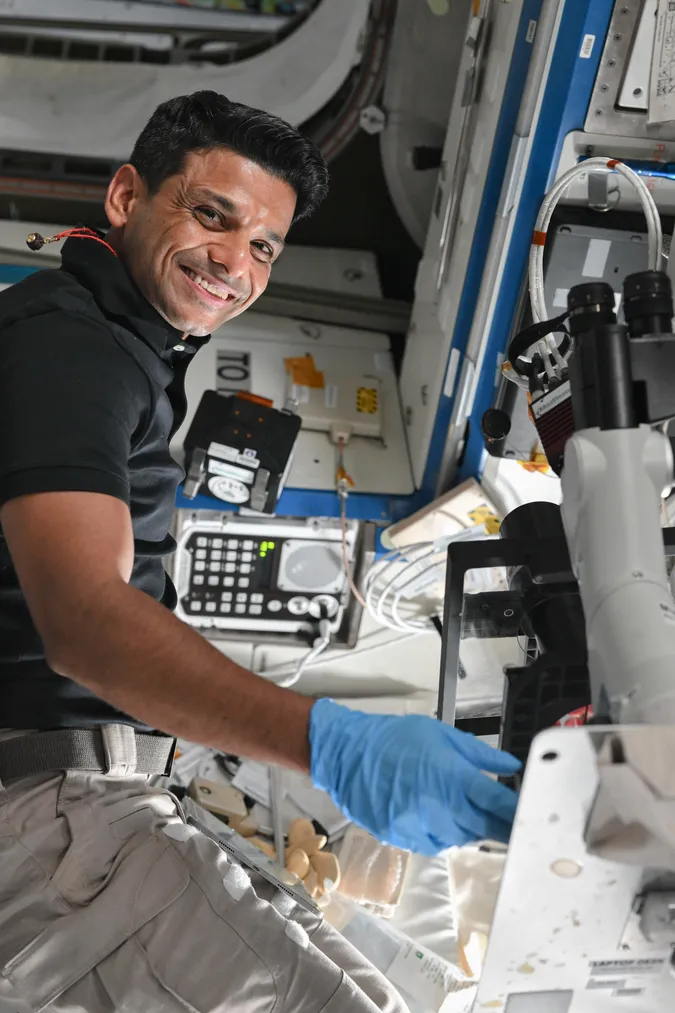
15. One of the Longest Quarantine Periods in Human Spaceflight History
The Ax-4 crew participated in a 32-day quarantine, which was one of the longest quarantine periods in the history of human spaceflight. Quarantine is designed to ensure the crew launches in peak health, minimizing the risk of illness aboard the International Space Station and protecting the integrity of mission objectives. But, beyond these practical purposes, an extended quarantine period provides further opportunities in observing and supporting behavioral health and team dynamics for optimal crew performance. The Ax-4 crew’s experience and the lessons learned through the unexpected extension of quarantine offered insights for improving health and performance in remote or high-stress environments on Earth.
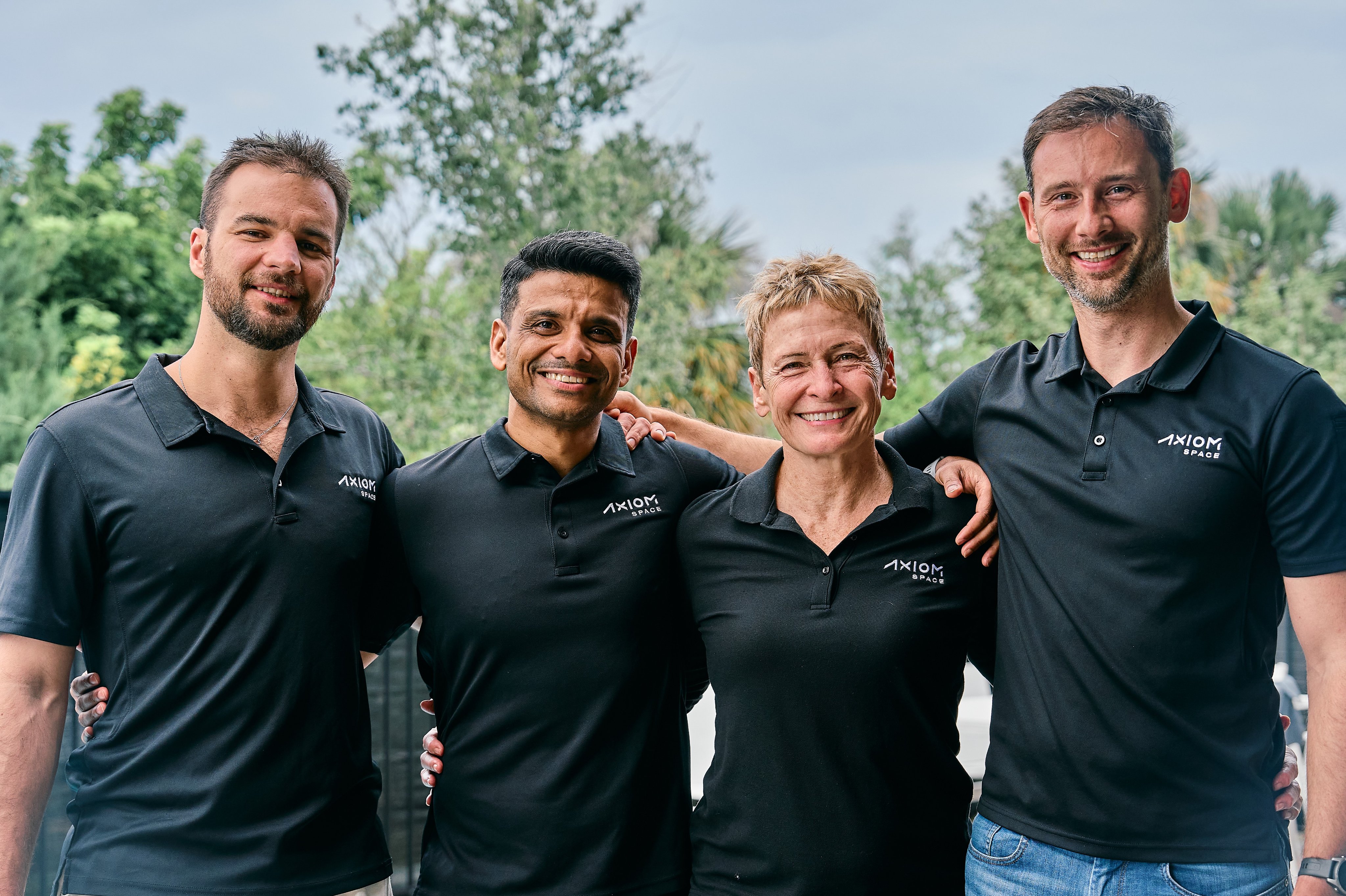
16. Three Generations of Female Astronauts Reunite
The mission brought together three astronauts whose careers are uniquely intertwined. Ax-4 Commander and former NASA astronaut Peggy Whitson and NASA astronauts Anne McClain and Nichole Ayers shared the rare experience of living and working together aboard the International Space Station — united in orbit at the same time, through two separate missions.
Whitson was on the astronaut selection committee that selected McClain in 2013, and McClain was on the committee that selected Nichole Ayers in 2021. Uniting three generations of female astronauts, illustrates how mentorship and legacy fuel the evolution of space exploration. Each woman helped open the door for the next, proving that progress in space is built on the shoulders of those who came before.
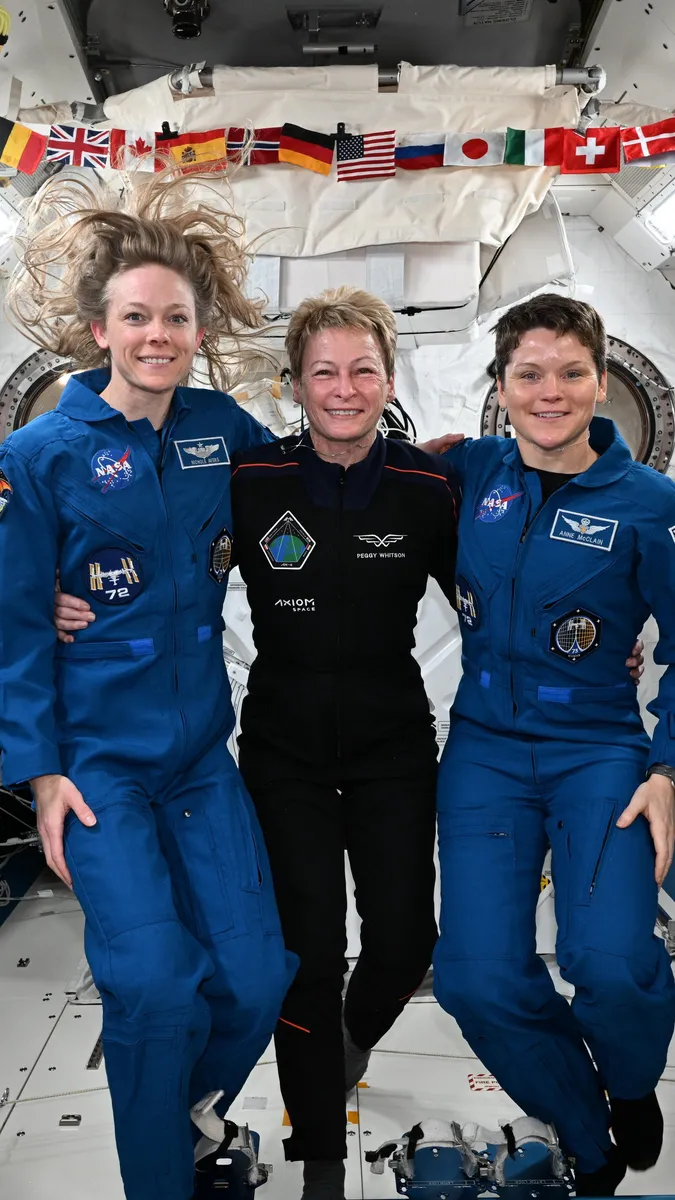
17. Champagne in Space: Mumm Stellar’s Debut
Ax-4 made history not just in science, but in design innovation with the debut of Mumm Cordon Rouge Stellar, the first champagne bottle engineered for space. The innovative bottle blends aerospace-grade engineering with elegant design to withstand microgravity while preserving the classic symbolism of champagne and meeting the rigorous demands of spaceflight. While the bottle was not opened during the mission, the bottle served as a proof of concept for how everyday objects must evolve for life beyond Earth. As commercial space exploration becomes more viable, innovations like this will help make off-world experiences feel more familiar, comfortable, and even celebratory.

18. A Precursor to Axiom Station
Ax-4 served as another precursor mission in preparation for Axiom Station — the world’s first commercial space station currently in development. Throughout the mission, the crew tested operational procedures, research workflows, and crew dynamics that will directly inform how Axiom Station is designed, built, and operated. From managing international science payloads to coordinating with ground teams and navigating complex mission timelines, Ax-4 offered valuable insight into the systems and routines that will shape operations aboard a commercial orbital platform. As Axiom Station moves closer to launch, Ax-4 stands as another step in transforming space from a government-led domain into a thriving commercial ecosystem in LEO— demonstrating how commercial missions can support a globally inclusive space economy and laying the groundwork for a platform that will serve customers, researchers, and nations around the world.
